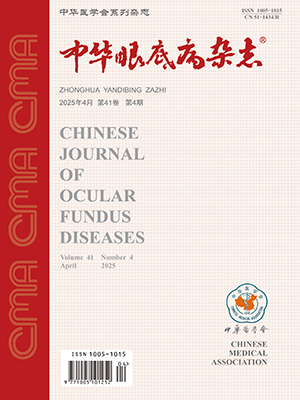| 1. |
Ozanics V, Jakobiec FA. Prenatal development of the eye and its adnexa[M]//Jakobiet FA. Ocular anatomy, embryology and teratology.Philadelphia:Harper and Row, 1982:51-63.
|
| 2. |
王竫华,王大博,纪淑兴. 人眼视网膜凹陷发育的观察[J]. 青岛大学医学院学报,2000,36:82-84.
|
| 3. |
Polito A, Borrello MD, Isola M, et al. Repeatability and reproducibility of fast macular thickness mapping with stratus optical coherence tomography[J]. Arch Ophthalmol,2005,123:1330-1337.
|
| 4. |
Chan A, Duker JS, Ko TH,et al. Normal macular thickness measurements in healthy eyes using stratus optical coherence tomography[J]. Arch Ophthalmol, 2006, 124:193-198.
|
| 5. |
仲路, 周欣.应用光学相干断层成像术测量正常人黄斑厚度的研究[J]. 临床研究,2009, 9:1165-1166.
|
| 6. |
Maldonado RS,O'Connell RV,Sarin N,et al. Dynamics of human foveal development after premature birth[J]. Ophathalmology, 2011, 118:2315-2325.
|
| 7. |
Hendrickson AE,Yuodelis C.The morphological development of the human fovea[J]. Ophthalmology, 1984, 91:603-612.
|
| 8. |
Yuodelis C,Hendrickson AE.A qualitative and quantitative analysis of the human fovea during development[J]. Vision Res, 1986, 26:847-855.
|
| 9. |
Hendrickson AE. Primate foveal development:a microcosm of current questions in neurobiology[J].Invest Ophthalmol Vis Sci,1994,35:3129-3133.
|
| 10. |
Chan A, Duker JS, Ishikawa H, et al. Quantification of photoreceptor layer thickness in normal eyes using optical coherence tomography[J]. Retina,2006,26:655-660.
|




